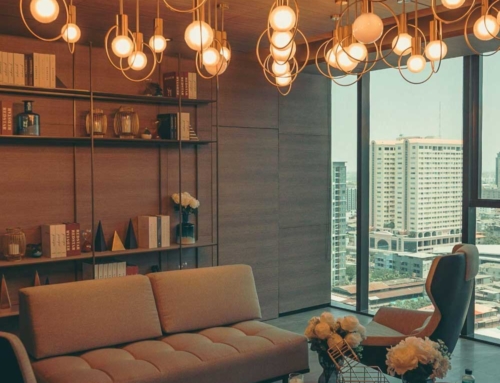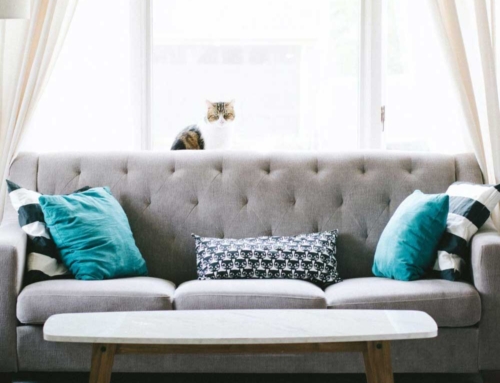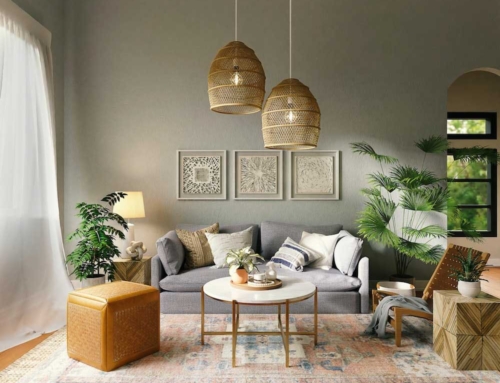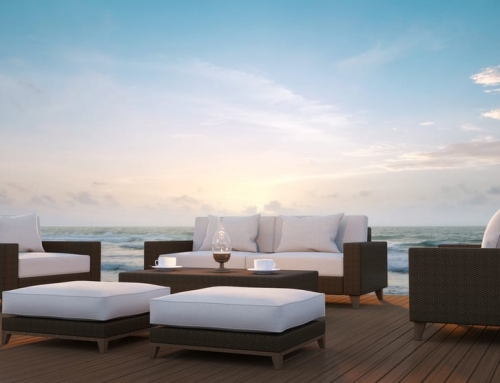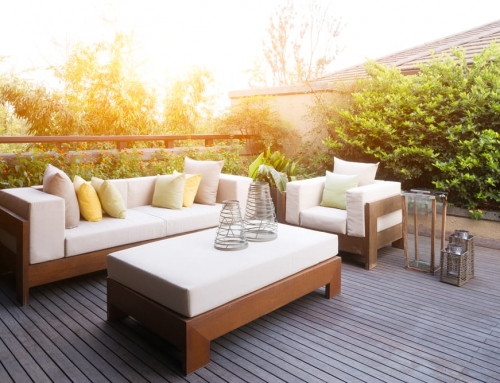Lighting in the kitchen and dining room is an important aspect of interior design. The right lighting can make a big difference in the overall look and feel of these two important rooms in your home. There are a few things to remember when choosing to light for your kitchen and dining room. However, before that is discussed, we will first determine the importance of dining and kitchen lighting.
What Are Dining and Kitchen Lighting?
Dining and kitchen lighting are two important aspects of any home. They provide the necessary light to see and work in these areas and can also be used to create a certain mood or atmosphere. Many different types of lighting are available for both dining and kitchen areas, so it is important to choose the right one to suit your needs.
What Are the Different Types of Dining Room Lights?
Dining room lights come in a variety of shapes, sizes and styles. The most common type of light is the chandelier. Chandeliers are typically made of metal or glass and hang from the ceiling. They often have multiple lights that can be dimmed to create a special ambiance in the room.
Pendant lights are another popular option for dining room lighting. Pendant lights are usually hung from the ceiling and can illuminate specific areas of the room. They come in various styles, including traditional, modern and even industrial.
Recessed lighting is another popular type of dining room lighting. Recessed lights are set into the ceiling and provide a soft, ambient light. They are a great option if you want to create a relaxing atmosphere in your dining room.
Wall sconces are another option for dining room lighting. Wall sconces are mounted on the wall and can accent specific room areas. They come in various styles, including traditional, modern and even industrial.
Table lamps are another option for dining room lighting. Table lamps are typically placed on side tables or on the buffet table. They provide a soft, ambient light and can be used to create a more intimate atmosphere in the room.
The type of light you choose for your dining room will depend on the overall style of the room and your personal preferences. A chandelier or pendant light may be the best option if you want a more formal look. For a more relaxed atmosphere, table lamps or wall sconces may be the best option. Ultimately, it is up to you to decide what type of light will work best in your dining room.
What Are the Different Types of Kitchen Lighting?
There are several different types of kitchen lighting, each with its advantages and disadvantages. Each light will impact your kitchen differently.
Task lighting is designed to provide light for specific tasks, such as cooking or food preparation. It is usually bright and focused and is often installed under cabinets or over work surfaces.
Ambient lighting is designed to provide general illumination for the entire kitchen. It is usually softer and less focused than task lighting and is often provided by ceiling fixtures or wall sconces.
Accent lighting is used to highlight specific features or areas of the kitchen, such as artwork or architectural features. It is usually brighter and more focused than ambient lighting and is often provided by track lighting or recessed fixtures.
Natural lighting is provided by windows and skylights and can be supplemented by artificial lighting. It is the most environmentally-friendly type of lighting but can be less reliable and more difficult to control than other types of lighting.
Whatever light you select or combinations you choose will impact the feel of your kitchen and how functional it is. You must remember that the kitchen needs not only to look aesthetically pleasing but also to remain fully functional.
Why Is It Important to Match Your Dining and Kitchen Lights?
First, it creates a cohesive look. When your lights match, it creates a sense of cohesion and unity in your space. It also makes your space look more put together and polished.
Second, it can help to set the mood. The right lighting can help to set the mood in your kitchen and dining space. For example, you might choose softer and dimmer lighting if you want a cozy and intimate vibe. Or, if you want a bright and airy feel, you might choose brighter and whiter lights.
Third, it can save you money. Believe it or not, matching your dining and kitchen lights can save you money. Having a cohesive look makes it easier to find the right bulbs and fixtures. And, when you have the right bulbs and fixtures, they last longer and use less energy.
Fourth, it can increase your home’s value. When you have a well-designed and put-together home, it’s worth more. So, if you’re considering selling your home in the future, matching your dining and kitchen lights is a smart investment.
There are plenty of reasons to match your dining and kitchen lights. But, ultimately, it comes down to personal preference. If you love the way your space looks with mismatched lights, then go for it! There’s no wrong answer when it comes to design.
The Negative Effects of Bad Lighting in the Dining Room and Kitchen
The kitchen and dining room are two of the most important rooms in the house. They are where we gather to eat, socialize, and spend time with family and friends. Unfortunately, bad lighting can hurt these rooms.
For one, bad lighting can make the rooms appear smaller and more cramped than they are. This is because dark colours tend to recede, while light colours make a space appear larger.
If the dining room and kitchen are not well-lit, it can make them appear smaller and less inviting, which can discourage people from wanting to spend time in them.
In addition, bad lighting can make it more difficult to see what you are doing when you are cooking or setting the table. This can lead to accidents, such as cutting yourself while chopping vegetables or spilling wine on the tablecloth.
Finally, bad lighting can also be a source of stress. Bright lights can be harsh and jarring, while dim lights can be relaxing. However, if the light in a room is too bright or too dim, it can cause headaches, eye strain, and fatigue.
If you entertain guests often, it is important to make sure that your dining room and kitchen have good lighting. Not only will it make the rooms appear more inviting and spacious, but it will also help to prevent accidents and alleviate stress.
The Best Tips to Matching Your Kitchen and Dining Room Lights
There are a few things to consider when matching your kitchen and dining room lights. Here are a few tips to help you choose the perfect lighting for your space:
1. Consider Your Style
When choosing kitchen and dining room lights, it’s important to consider your overall style. Do you prefer a more modern look, or are you going for a more traditional feel? Once you’ve decided on your style, it will be much easier to narrow down your lighting options.
2. Think About Functionality
It’s also important to think about how you’ll be using your kitchen and dining room lights. For example, if you’ll be doing a lot of cooking in your kitchen, you’ll want to make sure your kitchen lights are bright enough to help you see what you’re doing. Similarly, if you entertain often, you’ll want to make sure your dining room lights are dimmable so you can create the perfect ambiance for your guests.
3. Get Creative with Your Fixtures
One of the best ways to add personality to your space is to get creative with your light fixtures. There are so many different options on the market, so take your time to find fixtures that reflect your personal style.
4. Consider Your Budget
Of course, it’s also important to consider your budget when choosing kitchen and dining room lights. Fortunately, there are options to suit every budget. So, even if you’re working with a tight budget, you should be able to find lighting that’s perfect for your space.
5. Get Expert Help
If you’re still unsure about choosing kitchen and dining room lights, it’s always a good idea to seek expert help. A professional lighting designer can help you select the perfect fixtures and create a lighting plan that’s tailored to your specific needs.
What to Avoid When Choosing Your Dining and Kitchen Lights
When it comes to choosing the right lighting for your dining and kitchen areas, there are a few things you need to avoid in order to make sure you get the perfect look. Here are four things to keep in mind when selecting your dining and kitchen lights!
1. Avoid Harsh Lighting
Harsh lighting can be incredibly unflattering, especially in the dining room, where you want to create a warm and inviting atmosphere. Instead, opt for softer, more diffused lighting to make your space feel more inviting.
2. Avoid Bright Colors
Bright colours in your light fixtures can be overwhelming, so it’s best to stick with more neutral tones. Not only will this create a more calming atmosphere, but it will also help to highlight your food and table settings.
3. Avoid Overly Ornate Fixtures
While you may be tempted to choose an ornate light fixture as a statement piece, it’s best to avoid anything too fussy or complicated. Instead, opt for something simpler that will complement your space without stealing the show.
4. Avoid Poorly Made Fixtures
When it comes to lighting, it’s important to invest in quality fixtures that will last. Avoid cheaply made fixtures that are likely to break or stop working after a short period of time.
Following these four tips, you can avoid common mistakes when choosing your dining and kitchen lights. By opting for softer lighting, neutral colours, and well-made fixtures, you can create the perfect atmosphere in your space.
How to Mix Kitchen and Dining Lighting Styles
Have you ever wondered how to mix different lighting styles in your kitchen and dining room? It can be tricky to mix and match different fixtures, but with a few tips, you can create a cohesive and stylish space.
One of the most important things to consider when mixing lighting styles is the overall look you want to achieve. Do you want a more formal dining space or a more relaxed kitchen? Once you have an idea of the overall tone you want to create, you can start to mix and match different fixtures.
If you want a formal dining space, consider using a chandelier in the dining room and pendant lights in the kitchen. You can also use wall sconces to add a touch of elegance. For a more relaxed kitchen, try using a mix of different fixtures, including recessed lighting, track lighting, and under-cabinet lighting.
When choosing fixtures, it’s also important to consider the materials. For a more traditional space, look for fixtures made of metals like brass or bronze. For a contemporary space, try fixtures made of glass or plastic.
Once you’ve chosen your fixtures, it’s time to consider the placement. In the dining room, the chandelier should be the focal point of the space. It should be hung at the correct height so that it’s not too low or too high. The pendant lights in the kitchen can be hung over the island or sink. And the wall sconces should be placed at eye level.
Conclusion
Kitchen and dining room lighting is an important aspect of any home. There are many different ways to light these rooms, and the best way depends on the space’s specific needs. For example, task lighting is important for preparing food, while ambient lighting is perfect for creating a relaxing atmosphere during a meal. No matter what your needs are, there are plenty of options available to help you create the perfect kitchen and dining room lighting scheme.
If you are seeking lighting stores in Sudbury, you can come to visit us at Diggs & Dwellings. We carry various furniture and even full delivery service, along with design consultations. Get in touch with us to learn more about our services and items.


